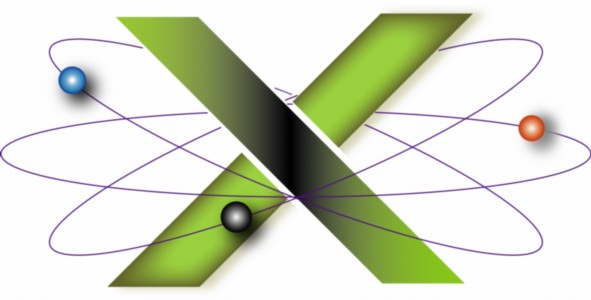|
General FireWire troubleshooting
This FAQ, derived from our Troubleshooting Mac® OS X series of books, provides general advice on troubleshooting common FireWire® problems, and FireWire drives in particular, focusing on issues where a FireWire device fails to either be recognized or mount.
- If the problem is that the FireWire drive appears in the Finder Sidebar but not the desktop, in the General tab of Finder Preferences, assure that you have selected "CDs, DVDs, and iPods" under "Show these items on the Desktop." Otherwise, FireWire drives won't display on the desktop, but they should still appear in the Finder Sidebar.
- Review the following AppleCare® Knowledge Base document "USB and FireWire Quick Assist."
- Review the following AppleCare® Knowledge Base documents, as appropriate:
- If you cannot start up a PowerPC®-based Mac that supports FireWire booting from a FireWire drive, see the AppleCare Knowledge Base document "Power PC-based Macs: Unable to start up from a FireWire drive that contains multiple hard drives."
- If you are using FireWire audio devices with either a Power Mac® G5 (Late 2005) or iMac® G5 (Ambient Light Sensor), see also "Power Mac G5 (Late 2005), iMac G5 (Ambient Light Sensor): FireWire bus stops responding after computer restarts with FireWire audio device attached."
- If you are using a MacBook® Pro, see:
- "MacBook Pro: What to do if bus-powered FireWire devices don't appear in menus or behave correctly."
- "MacBook Pro: Sleep issues with NitroAV 2-port FireWire 800 card"
- If you are using a Mac Pro, see "Mac Pro (Early 2008) and later: FireWire slow or unresponsive when using 64-bit Microsoft Vista."
- Often the problem is something as simple as a bad FireWire cable, but it can also mean a bad enclosure, FireWire port, bad FireWire device power supply, or a logic board problem with the FireWire bus on the Mac in question.
- Power-on the FireWire drive before starting up or booting your Mac.
- Reset PRAM and NVRAM.
- Reset the power-management chip in your Mac.
- If this problem occurred after installing a recent Mac OS X Update, and you are also unable to mount CDs, DVDs, or disk images try the steps in this Mac OS X Hints article. While this advice applied particularly after installing the Mac OS X 10.3.4 Update, it has helped others with problems mounting FireWire drives, CDs, DVDs, and disk images under Mac OS X 10.4 Tiger®.
- Try a different FireWire port. WiebeTech™ has published FireWire Port Failures in Host Computers and Peripheral Devices, a white paper providing background information and technical analysis concerning the causes of failure for FireWire ports. This may provide additional diagnostic information.
- Check with the manufacturer of your FireWire drive or enclosure to see if any firmware updates are available for such.
- Recent versions of Micromat® TechTool® Pro can test the FireWire bus in your computer. This tests the bus — not the ports — but if the problem is on the FireWire bus on the logic board, the test should find it.
- If you did not Eject a FireWire drive before it was either disconnected it or powered off, its partition map may be corrupted. This can result in symptoms such as the drive then failing to mount. If a power failure occurred and the FireWire drive in question uses mains power, this can have the same effect as powering off the drive without first ejecting it.
- Disconnecting or powering off a removable storage device, such as a FireWire or USB drive, without first ejecting it can result in the drive's partition map being corrupted. Before disconnecting such a device, one must first Eject it by either:
- Dragging its icon to the Trash.
- Control-clicking the drive's icon and selecting Eject from its contextual menu.
- In Disk Utility, selecting the device, then selecting Eject in the Disk Utility toolbar.
- A corrupted partition map can only be corrected by repartitioning and reformatting the drive in question. If there's data on the drive you wish to recover, first see our "Data Recovery" FAQ. Once you recover the data you want to save, if any, you will need to repartition and reformat the drive using Disk Utility.
Related Links
|
|
|
|

